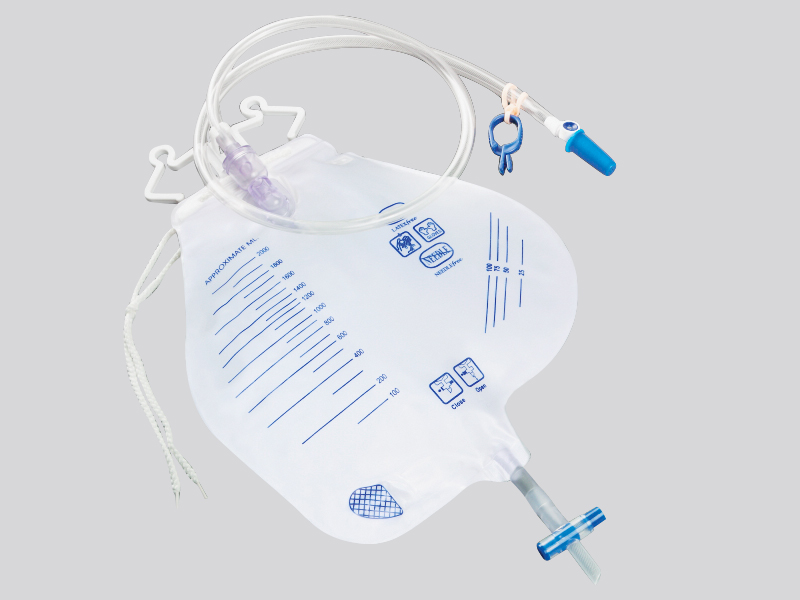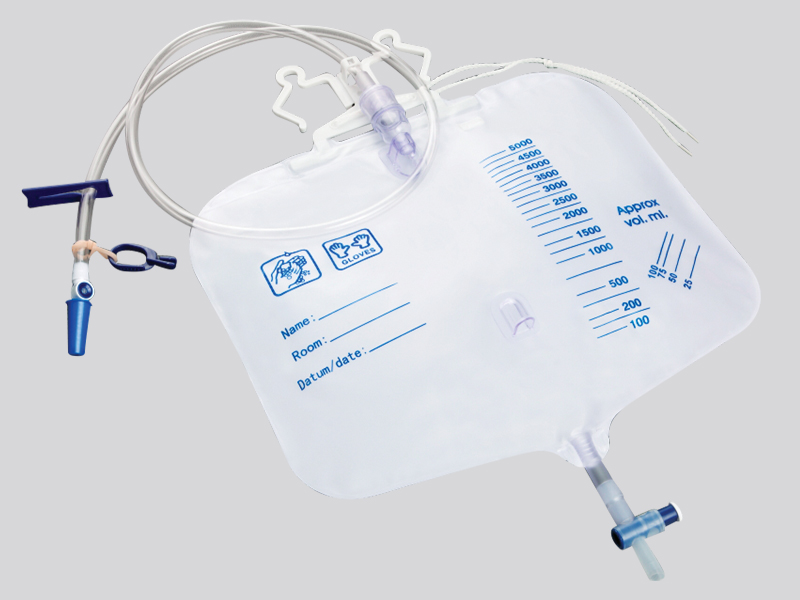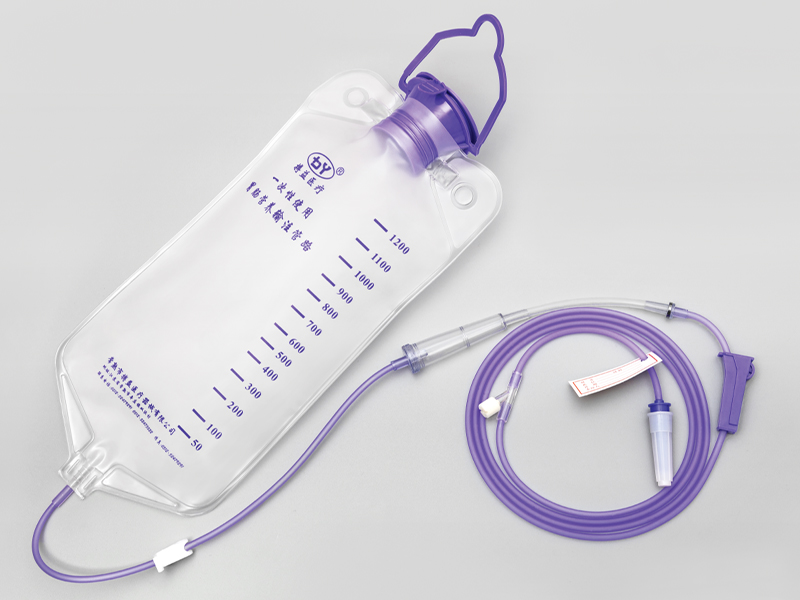
The current position:Home > Information dynamic
> Industry Trends
What is the safety of disposable gastrointestinal nutrition infusion tubing
source:www.wx-xdz.com | Release time:2025年03月10日1. Safety design of the product itself
Material safety: Medical grade polymer materials such as polyvinyl chloride (PVC), polyurethane (PU), etc. are usually used, which have good biocompatibility, minimal damage to human tissues, and are not prone to allergic reactions or other adverse reactions. And it complies with relevant medical product quality standards and safety regulations, undergoes strict testing to ensure non toxicity and no heat source.
Aseptic production: The production process is carried out in a strict sterile environment, using excellent production techniques and sterilization technologies such as ethylene oxide sterilization, gamma ray sterilization, etc., which can effectively kill various microorganisms, ensure that the product is in a sterile state before use, and reduce the risk of infection.
Reasonable functional design: The diameter, length, flow rate control and other parameters of the pipeline have been carefully designed to meet the gastrointestinal nutrition infusion needs of different patients. For example, some pipelines have scale markings to facilitate medical staff in correctly controlling the infusion volume; Some are equipped with precision filters that can filter out impurities and particles in nutrient solutions, preventing them from entering the human body and causing harm.
2. Safety issues and precautions during use
(1) Operational risk
Misinsertion and displacement: When inserting the gastrointestinal nutrition infusion tube, there may be accidental insertion into the trachea or other parts, or the tube may shift during use. This requires medical staff to have professional operational skills and experience. After inserting the tubing, confirmation should be made through chest X-rays and other means. At the same time, during the nursing process, the patient's condition should be closely observed, and the tubing should be fixed to prevent displacement.
Blockage: Components in the nutrient solution may precipitate and condense in the pipeline, causing pipeline blockage. To avoid this situation, it is necessary to regularly flush the tubing with physiological saline and maintain an appropriate flow rate during the infusion process to avoid being too fast or too slow. At the same time, it is necessary to ensure that the concentration and temperature of the nutrient solution are appropriate to prevent precipitation caused by high concentration or low temperature.
(2) Risk of infection
External infection: If the operation is not standardized when connecting nutrient solution or replacing pipelines, it may introduce external bacteria into the pipelines, causing infection. Therefore, it is necessary to strictly follow the principle of aseptic operation, maintain good hand hygiene, and disinfect items during the operation process.
Endogenous infection: Patients' own gastrointestinal bacteria may also cause retrograde infection through pipelines, especially in cases of gastrointestinal dysfunction or weakened immunity. To reduce this risk, it is necessary to choose nutrient solutions reasonably, strengthen patients' gastrointestinal care, and maintain normal gastrointestinal function.
Allergy risk: Although the material of infusion tubing generally has good biocompatibility, there are still a very small number of patients who may be allergic to the tubing material or its surface coatings and other substances. Before use, medical staff should inquire in detail about the patient's allergy history. Patients at risk of allergies should be closely monitored. Once allergic symptoms occur, use should be stopped immediately and appropriate medical measures should be taken.
Overall, as long as the operating procedures are strictly followed and risk prevention is taken into account at all stages, disposable gastrointestinal nutrition infusion tubing is a safe and effective gastrointestinal nutrition support tool that can provide necessary nutritional support for patients who cannot eat orally or have insufficient oral intake, promoting patient recovery.
Prev:
What are the advantages of disposable enema bags
Next:
What are the functional characteristics of dispos…

 Cn
Cn En
En WeChat ID:
WeChat ID:







 Contact us
Contact us
 Add WeChat
Add WeChat
 Telephone
Telephone